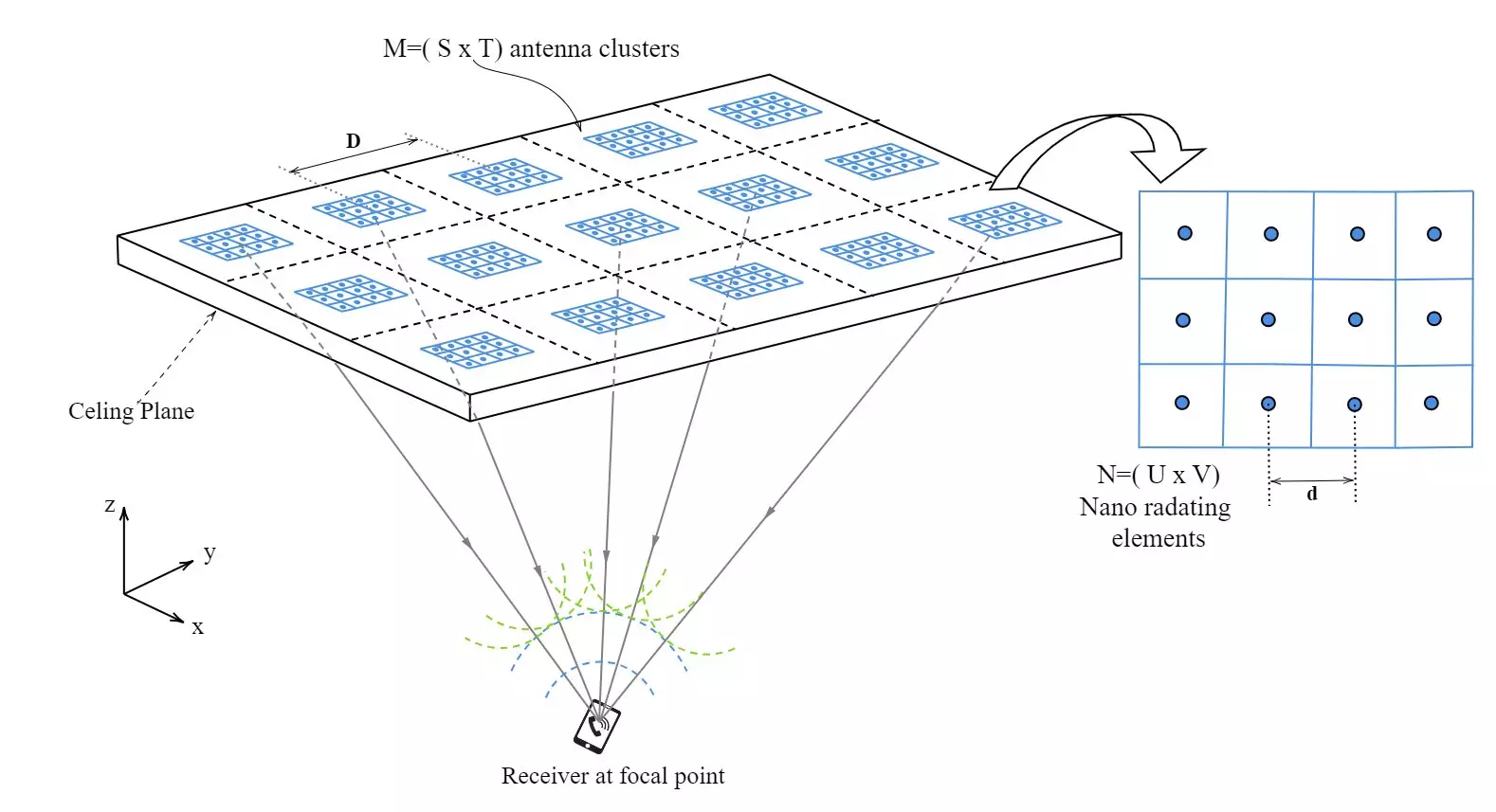As we surge into an era characterized by rapid technological advancement, the demand for faster and more reliable indoor wireless communication becomes increasingly paramount. Traditional wireless solutions such as Wi-Fi and Bluetooth, while revolutionary in their inception, are now grappling with monumental challenges. Bandwidth limitations and signal congestion are becoming persistent hurdles that stymie data transmission capabilities. The pressing need for a more robust framework has prompted researchers to explore Optical Wireless Communication (OWC) as a viable alternative that promises speed and reliability in the face of ever-growing data demands.
The exploration of OWC, specifically harnessing infrared (IR) technology, has led to the development of innovative systems that provide superior signal transmission devoid of interference. The fundamental ethos of OWC lies in its ability to leverage light waves for communication purposes, drastically enhancing throughput and mitigating traditional RF system limitations. This pivot towards OWC indicates a transformative shift within the communications landscape, as it introduces mechanisms to overcome the hindrances conventional technologies face today.
At the core of this revolutionary endeavour is the innovative concept of a “phased array within a phased array”. This design draws a striking parallel to principles observed in quantum mechanics, specifically the notion of quantum superposition. Just as particles exist in diverse states contingent upon their measured circumstances, the OWC system employs configurations of smaller, complex optical antennas that are intricately nested within larger arrays. This layered approach not only amplifies the IR signal but also sharpens precision in transmission, creating a more reliable link.
In contrast to systems that rely solely on single, vulnerable transmitters, the proposed architecture utilizes multiple clusters of optical antennas. This multi-transmission strategy introduces redundancy, ensuring continued signal clarity even amidst potential obstructions—much like the overlapping states in quantum superposition which ensure outcomes remain unaffected by external noise.
A key differentiator of this optical system is its employment of dual transmission wavelengths. This innovative use of wavelengths optimizes both the focus and stability of the communication signal. By allowing for increased precision, the system can maintain operational integrity even when spatial conditions vary. The dual wavelength approach leads to superior beam accuracy, ensuring that data transmission remains consistent and reliable with minimal risk of signal degradation.
In tandem with performance optimization is the intrinsic focus on energy efficiency. Utilizing an Ant Colony Optimization (ACO) algorithm, the system intelligently adjusts its operational demands. ACO mimics the natural foraging behavior of ants, directing communication resources to only engage the necessary clusters for active transmission. Such resourceful management curtails energy waste which is all too common in traditional wireless systems that often operate entire networks continuously, even during idle periods.
By activating only essential components, the system not only lowers operational costs but also aligns with a broader societal shift towards sustainability and environmental responsibility. With impending climate concerns, such advances in energy-efficient communication technology become crucial.
The implications of this research extend well beyond mere theoretical curiosity. They pave the way for practical applications across a multitude of sectors—from healthcare, where secure and reliable communications are of utmost importance, to various industrial and commercial settings. The versatility of the phased array design demonstrates adaptability beyond merely infrared spectrums, indicating potential future applications across a range of wavelengths.
The new advancements in Optical Wireless Communication signify a paradigm shift that has the potential to redefine the standards for indoor communications. The focus is not solely on achieving faster transmission rates or higher performance metrics; it also encompasses a vision for a connected future that prioritizes sustainability and efficiency. As this technology continues to evolve, it promises a more seamless, effective, and environmentally friendly experience in our wireless interactions.

